Foam is everywhere, from the cushions we sit on to the cars we drive, but have you ever wondered where it all began? This common material has a surprisingly rich and fascinating history. It’s a story of innovation that spans millennia, from ancient discoveries to modern technological marvels.
Let's take you on a journey through the history of foam.
We'll explore its natural origins, its use in ancient times, and the scientific breakthroughs that have made it an essential part of modern life. Discover how foam evolved from simple sea sponges used by ancient civilisations to the high-tech, custom materials shaping industries today.
See also - Your Ultimate Guide to Custom Cut Foam: Answering the Most Googled Questions
Ancient Beginnings: The Natural Origins of Foam
Long before synthetic materials existed, nature provided the first "foam" for human use. Historical records and archaeological findings show that ancient civilisations such as the Egyptians, Greeks and Romans relied on natural sea sponges for a broad range of everyday needs, including cleaning, bathing, medical applications, and even as material for filters and padding.
These sea sponges were harvested from the Mediterranean and valued not just for their abundance, but for their unique absorbent and flexible structure.
Their porous network of channels enabled them to trap and release water efficiently, making them a vital natural resource. In fact, the word "sponge" derives from the Greek term spongos, directly referencing its highly porous nature. These natural sponges can be seen as the very earliest foam materials, forming the creative foundation upon which later innovations in cushioning and comfort would be built.
Today, We Cut Foam draws inspiration from these historic materials, offering advanced custom-cut foam solutions that replicate the flexibility and versatility of natural sponges. Whether you need a unique shape for seating, decorative, or functional use, much like the tailored applications seen in ancient times, We Cut Foam can deliver precise foam products designed to echo both classic and contemporary needs.
As societies advanced into the Middle Ages, the need for comfortable and protective padding grew. Artisans and craftspeople began experimenting with various animal-based materials to create cushioning for furniture, clothing, and even armour.
Materials like wool, horsehair, and other natural fibres were layered and packed to provide padding. This early form of foam was used to make seating more comfortable and to add a layer of protection inside a knight's suit of armour.
These innovations, driven by the simple desire for greater comfort and safety, were the first steps towards the modern upholstery we know today. Foam-like materials have even found a place in musical instruments, used for padding drumheads and other components.
See also - Your Custom Cut Foam Questions, Answered
The Industrial Revolution: The Birth of Synthetic Foam
The 19th and early 20th centuries brought a wave of scientific discovery, and the world of materials was forever changed. The Industrial Revolution ushered in key advancements in chemistry and manufacturing, setting the stage for synthetic foam materials.
The journey began in 1849, when scientists Wurtz and Hofmann first documented the reaction between isocyanate and a hydroxy compound, a milestone that would eventually lead to the creation of polyurethane.
However, it wasn't until 1937 that German chemist Otto Bayer harnessed this reaction to develop polyurethane foam, revolutionising cushioning materials across industries. Bayer's invention quickly found a wide range of commercial applications, thanks to its unique combination of durability, flexibility, and resilience. The development of latex foam followed soon after, transforming industries such as bedding and upholstery with its consistently high quality.
Polyurethane foam soon became the foundation for the vast majority of foam products used in homes, vehicles, and industry today (Foam - History of and the Manufacturing Process – Future Foams).
At We Cut Foam, we utilise advanced polyurethane materials to deliver precise, custom-cut solutions, ranging from shaped cushions to orthopaedic seating, ensuring each project benefits from the same innovative chemistry that sparked a global materials revolution.
The 20th Century: From NASA to Everyday Life
The 20th century saw foam take a giant leap forward, moving from factory floors into our homes and even into outer space. In the 1950s, the automotive industry embraced polyurethane foam for car seats, improving both comfort and safety for drivers and passengers (The History Of Foam And Its Evolution In Different Industries).
A defining breakthrough came in 1966 when NASA's Ames Research Centre developed "memory foam," also known as viscoelastic polyurethane foam, originally engineered to enhance the crash protection and comfort of spacecraft seats (NASA, spinoff.nasa.gov). The foam's unique ability to contour to pressure and return to its original shape quickly found applications far beyond space travel. By the 1980s, memory foam became a game-changer in consumer products, revolutionising mattresses, pillows, and ergonomic seats.
Today, it is widely used in everything from medical supports to protective equipment and footwear (Foam - History of and the Manufacturing Process – Future Foams).
We Cut Foam leverages these advanced materials to deliver precision-cut memory foam solutions for healthcare, bedding, automotive, and custom seating projects. Our expertise ensures that clients across industries benefit from memory foam's proven comfort, support, and pressure-relieving properties.
See also - NASA's Gift: 12 Amazing Memory Foam Facts
Today, foam is more versatile and advanced than ever before.
It is a critical material in countless applications, from the high-performance padding in sports equipment to the delicate, custom-shaped inserts that protect electronics during shipping.
The global foam market continues to grow, driven by continuous innovation.
In recent years, the focus has shifted significantly towards sustainability. The foam industry is actively developing eco-friendly alternatives to traditional petroleum-based products. Innovations include recycled foam, which repurposes post-consumer waste, and biodegradable materials that reduce environmental impact.
Companies are also exploring bio-based foams made from renewable resources like soybeans and algae, pushing the boundaries of what sustainable materials can achieve.
From a simple sea sponge to a material engineered for space travel, the history of foam is a story of human ingenuity. This journey through time shows how our quest for comfort, safety, and performance has driven remarkable innovations.
At We Cut Foam, we are proud to be part of this continuing story.
We use our expertise and advanced technology to provide innovative, custom-cut foam solutions for any project. Whether you're restoring a beloved piece of furniture or designing a new product, explore our services and see how the perfect foam can make all the difference.
What foam innovation has had the biggest impact on your life? Share your thoughts in the comments below!



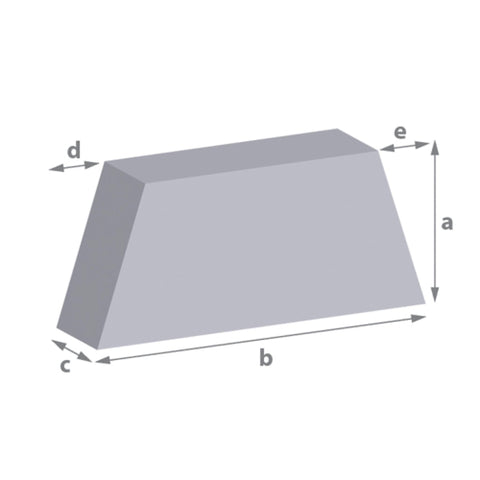
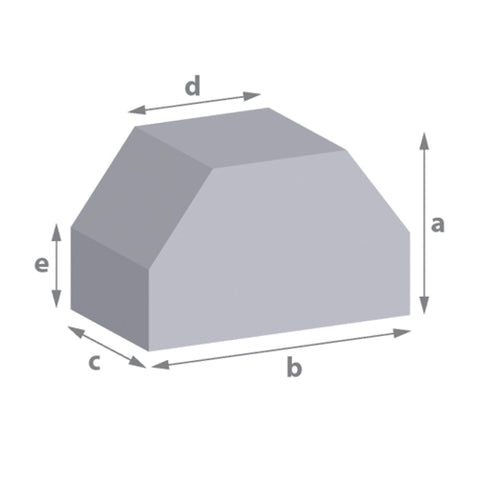

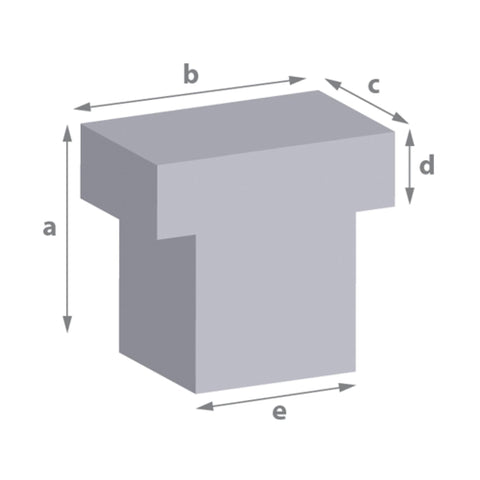
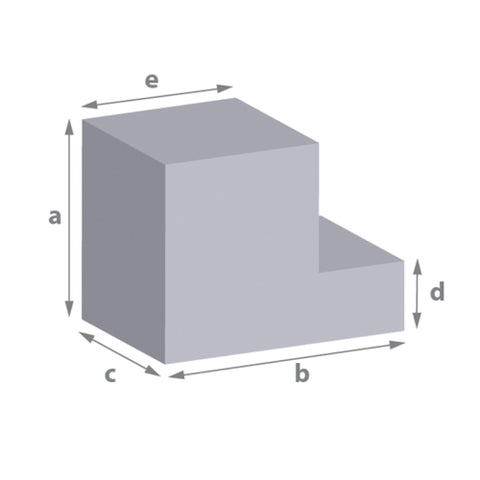


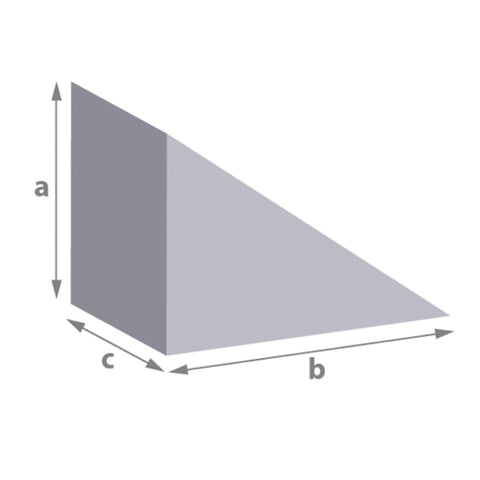
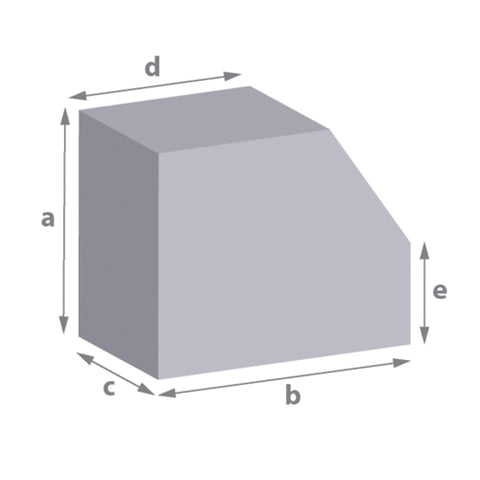

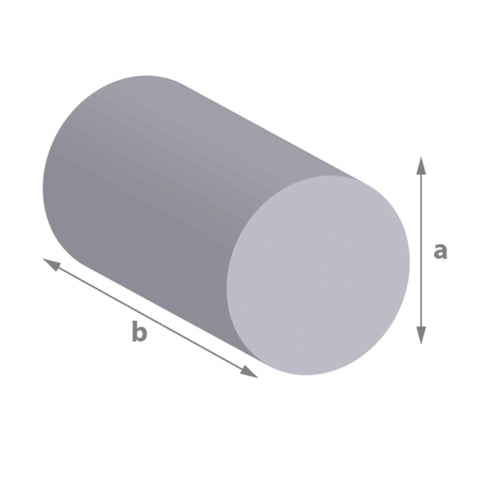


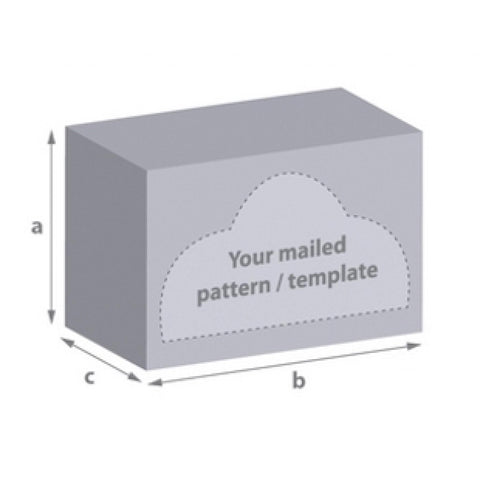


Comments (0)
There are no comments for this article. Be the first one to leave a message!